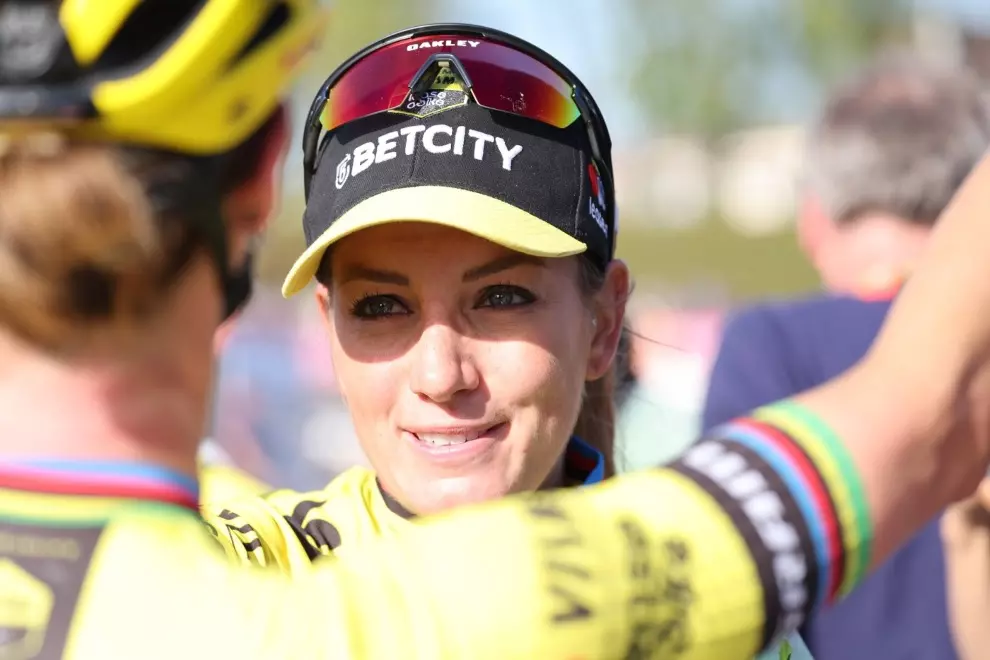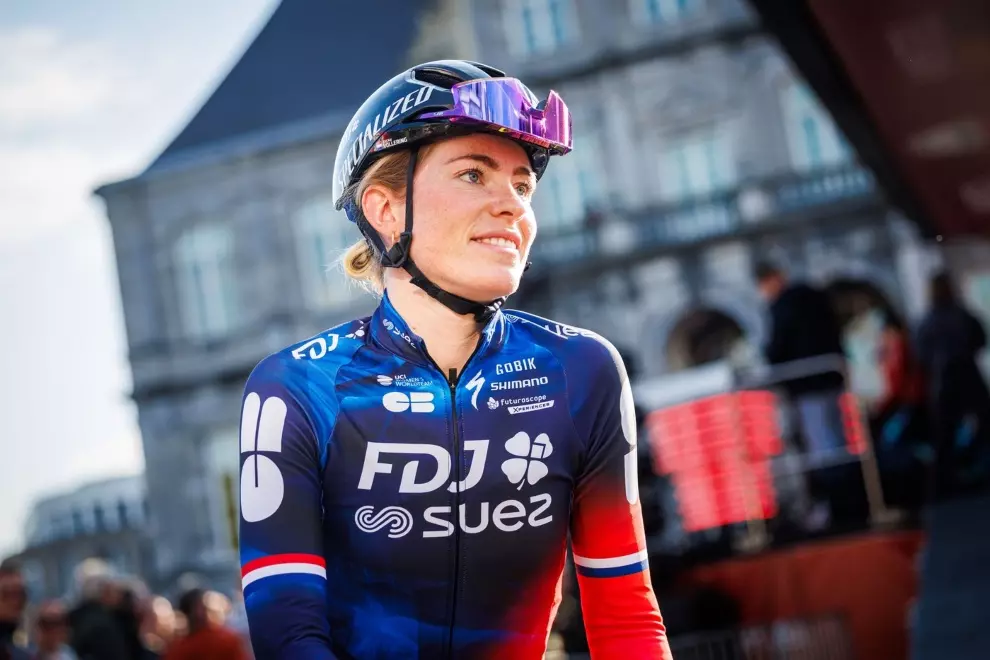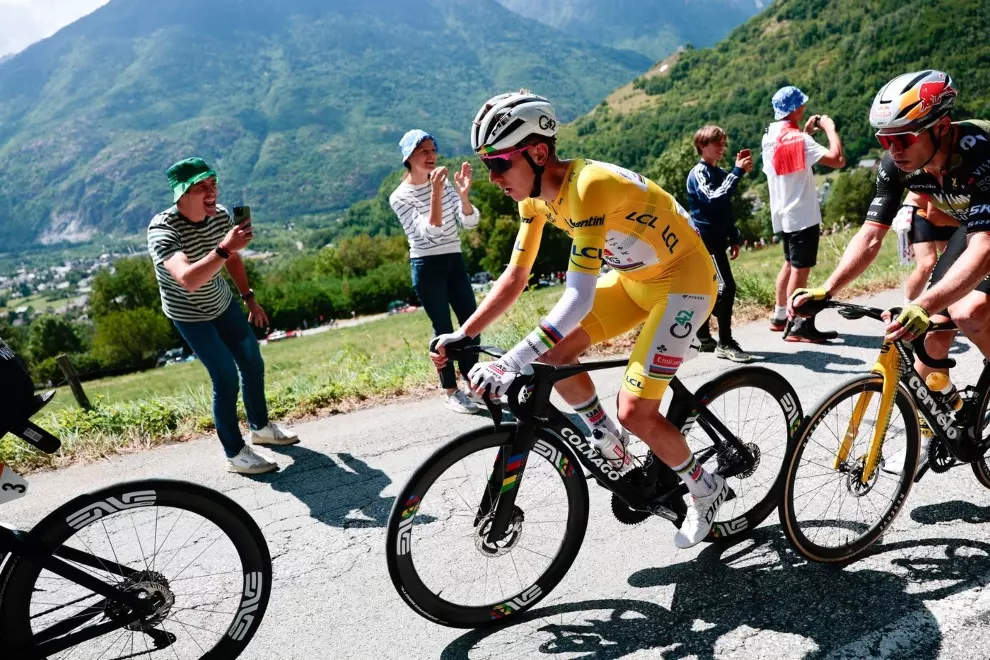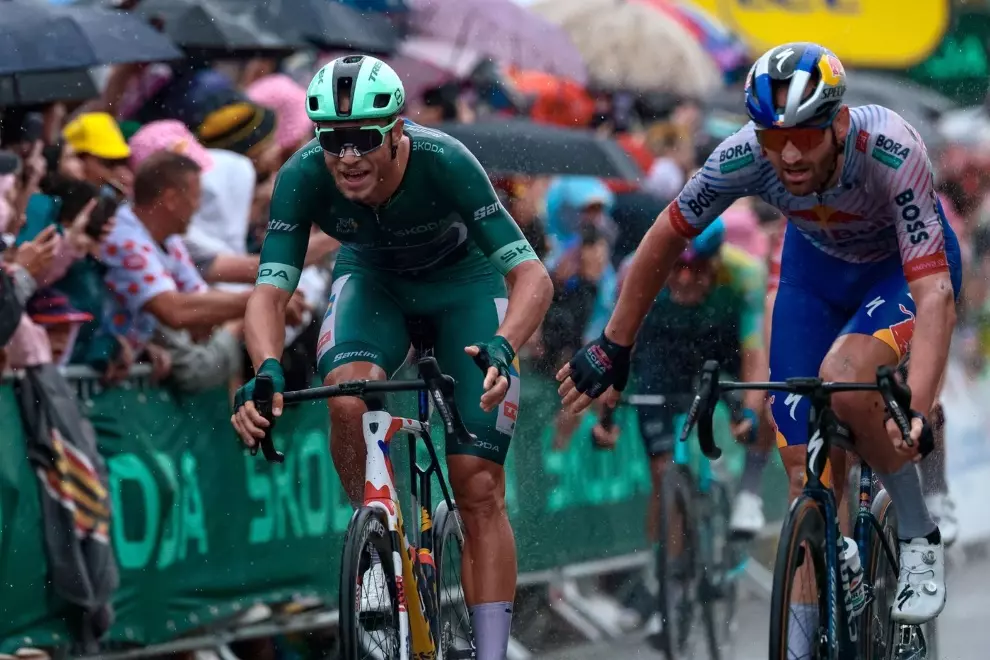In this instalment of our series focusing on Spain as a premier cycling destination, we delve into the scenic yet challenging terrain of Galicia. As the second week of the race unfolds, this northern region will test the riders’ endurance and skills. With its relentless hills and unpredictable weather, Galicia promises to be a memorable segment of La Vuelta. To give us an insider perspective, we spoke with professional cyclist Kasia Niewiadoma who shares her insights and tips for anyone inspired to tackle these routes.
Can you tell us what makes Galicia a unique and exciting destination for cyclists, especially those following the La Vuelta route?
Galicia is a unique region in Spain, perfect for outdoor enthusiasts. Whether you’re into running, hiking or cycling, you’ll often find yourself in the company of like-minded individuals. I raced in Galicia during the 2021 Vuelta a España, starting from a small town called Pena da Revolta and finishing in Santiago de Compostela. What stood out to me was the constant rolling terrain – there’s hardly any flat ground.
The roads are beautiful and peaceful but they can be grueling for racing. For those wanting to challenge themselves, I recommend checking out the GPX route from that stage. Galicia offers a lot of new routes, making it ideal for gravel bikers and those who prefer less traffic. It’s a hidden gem, perhaps less travelled due to its more frequent rainy days compared to places like Calpe or Granada. The rock formations and landscapes here are unique, almost like you’re in a completely different part of the world.
What can cyclists expect in terms of terrain, landscapes, and overall cycling experience in this region?
The Galicia region is not easy for bike racing. It’s a constant rollercoaster of steep hills and mountains. You can find anything from short, sharp climbs to longer, more sustained efforts, like those seen between the 10th and 15th stages of La Vuelta. The peloton faces everything from classic style racing to long, arduous climbs up first-category or HC-category ascents like Estación de Montaña de Manzaneda, Puerto de Ancares or Cuitu Negru. Cyclists shouldn’t expect an easy ride; each stage offers numerous opportunities for breakaways and the GC teams will be looking to gain time over their rivals. The weather can add an extra layer of challenge as Galicia is known for its sporadic rain. I remember during our race, it would rain every 30 minutes before the sun came out again. The roads are “safer” and not as slippery as in regions like Catalonia or Alicante.
What advice do you have for cyclists planning to explore La Vuelta routes in Galicia?
For those planning to explore the Vuelta routes, I highly recommend downloading the stages’ GPX files and trying to conquer the climbs yourself. Avoid the busier sections and focus on the climbs – you might even go for a Strava KOM to compare yourself with the pros! Riding these climbs offers a unique atmosphere, especially with fans lining the roads, camping out days before the race to cheer on the riders. For a truly immersive experience, you could take inspiration from Lachlan Morton’s ride of the entire Tour de France route, including the transfers, for an ultimate challenge.
Are there specific routes or climbs you would recommend for a memorable cycling experience?
Galicia offers a variety of routes suitable for all levels but for those seeking a truly memorable experience, several challenging climbs stand out. The Puerto de Ancares, known for its brutal gradients and breathtaking scenery, is a must-ride for any serious cyclist. Another favourite in the region is the short but infamous Mirador de Ézaro near Fisterra. This climb, only 1.8 km long, boasts gradients of up to 30%, with the “flattest” section still at a steep 16%, offering no respite along the way.
For a longer but more gradual ascent, the Estación de Esquí La Manzaneda provides a rewarding challenge with beautiful views. The Galician side of Fonte da Cova is another formidable climb, known for its demanding nature.
Insights on Lagos de Covadonga
You’ve also mentioned that Lagos de Covadonga is a beautiful but challenging climb. Can you elaborate on what makes this climb special?
The Lagos de Covadonga climb is truly special because of the satisfaction you feel at the top. It starts off relatively easy but soon you’re hit with steep, relentless slopes. The road narrows, becomes harsher and it feels like you’re climbing forever, especially when you’re surrounded by fog and can’t see the end. The 13 km ascent includes a short downhill section before the final steep stretch, leading to a stunning lake at the summit. If you’re doing it for fun, I highly recommend camping at the top. Just be sure to bring warm clothes, as the weather can be unpredictable. The view in the morning and the descent make for an unforgettable start to the day. Also, ensure you have enough food since there’s not much available at the top.
Given that there are many camping options along the Lagos de Covadonga route, what would you suggest for cyclists interested in a multi-day backpacking trip in this area?
If you’re planning a multi-day trip around Lagos de Covadonga, be prepared for all kinds of weather, mostly rainy and gritty. There are refugios where you can stay if you prefer not to sleep in the open air. Besides cycling, the area offers great hiking trails that take you even higher into the mountains. For such a trip, make sure you’re fully equipped, especially with tools for fixing your bike and safety gear.
Practical tips and personal insights
What practical tips can you offer for cyclists visiting Spain for the first time?
Spain is incredibly welcoming for cyclists. The drivers are respectful and the roads are generally safe. In smaller villages, you can ride without rushing, enjoying wide shoulders that allow for stress-free cycling. The food is fantastic everywhere and the culture is warm and inviting. Just remember that many shops close for siesta between 13:30 and 17:00, so plan accordingly. In the north, the diet is quite carb-heavy, which is great for cyclists but vegetarian options can be limited. Learning a few basic Spanish phrases can go a long way in making your trip more enjoyable and earning the locals’ appreciation.




